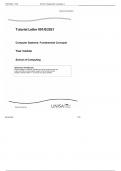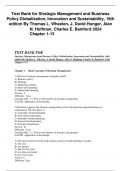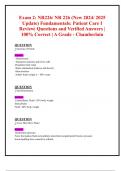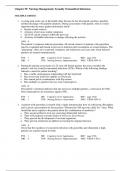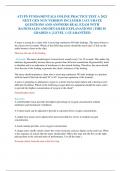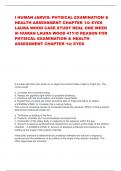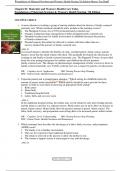Examen
NR 509 FINAL EXAM ADVANCED PHYSICAL ASSESSMENT CHAMBERLAIN COLLEGE OF NURSING 2024 ACTUAL EXAM WITH RATIONALES COMPLETE 100 QUESTIONS WITH DETAILED VERIFIED ANSWERS (100% CORRECT ANSWERS) ALREADY GRADED A+
- Cours
- Établissement
NR 509 FINAL EXAM ADVANCED PHYSICAL ASSESSMENT CHAMBERLAIN COLLEGE OF NURSING 2024 ACTUAL EXAM WITH RATIONALES COMPLETE 100 QUESTIONS WITH DETAILED VERIFIED ANSWERS (100% CORRECT ANSWERS) ALREADY GRADED A+
[Montrer plus]




